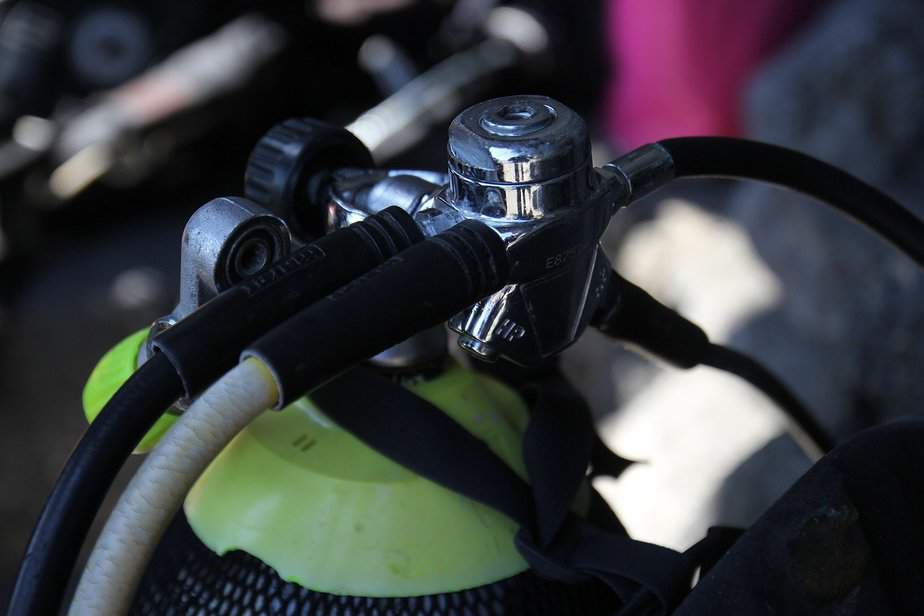As un-poetic as they sound a scuba tank holder has but one purpose, to hold a dive cylinder securely. A good one does its job with no fanfare and often gets overlooked, but a poor one is quickly replaced. A scuba tank is a valuable and important piece of equipment to a diver, and they usually try to keep them from rolling around loose on the boat. A dented tank could be dangerous, and a punctured tank is absolutely useless as well as incredibly dangerous.
Do you remember in Jaws when police chief Brody kicks a scuba tank into the shark’s mouth and then proceeds to shoot the tank causing it to explode and blowing the shark to a million pieces? A pressurized tank is dangerous and will try to find equilibrium as fast as possible even if that means sending pieces of metal flying at bullet velocities. This is why it is incredibly important to keep those tanks secure at all times. A small dent can significantly weaken the material which could blow at any moment, even from a bump underwater while diving.
There are many things that a scuba tank holder can be secured to; some are just a handle meant to be carried while others are full-on installations or cabinets on a boat. The only real requirement is that the tank is secure and it can be removed easily enough. There is no point in having a scuba tank holder that is inaccessible during a dive trip whether it is blocked by lifejackets or hidden in the recesses of the boat.
The design of dive cylinder holder varies greatly from one manufacturer to another. There is more than one way to secure a scuba tank. For the economical and crafty diver, one can easily be made from nylon rope, PVC pipe, and a drill. Simply drill two holes in each PVC pipe equally apart and inside the edges. The pipe should be big enough so that when the tank rests between two of them, there is room for the tank in the dip. Two pipes will hold one tank, three pipes hold two and so on. These can be made to hold any number of tanks on a flat surface.
After the holes are drilled, the pipes should be secured to the deck of the boat or to the side. The rope goes through the holes in the pipes, under the tank and then back around to secure them. The tanks should be in contact with the rope as well as two pipes. As long as the pipes are secured to the boat well, and the ropes are tied well this is a very effective, and permanent, scuba tank holder even though it may not look pretty.
For a less permanent affair, there are many removable tank holders that secure the boat or vehicle with large suction cups. These aren’t your regular suction darts that never stick but high quality “rip the side off the boat before anything comes loose” suction cups that can be trusted with those precious air tanks.
Now that you have your air tank situation sorted, you may want to look into getting a scuba regulator so that you can actually make use of an air tank. Read more about the best scuba regulators by clicking here.


